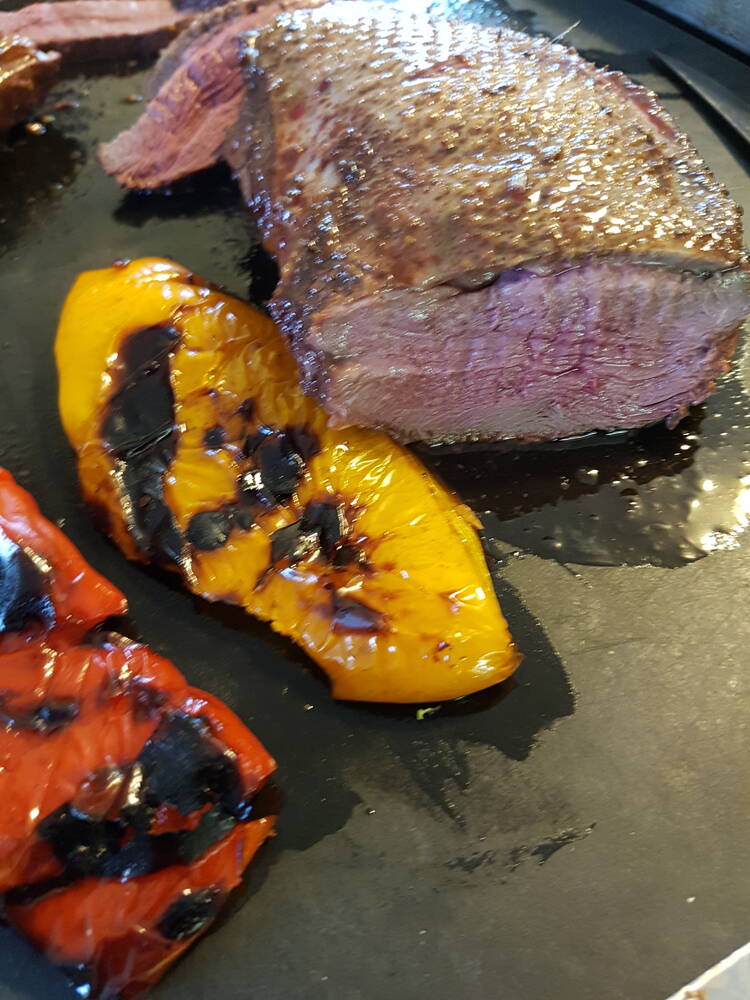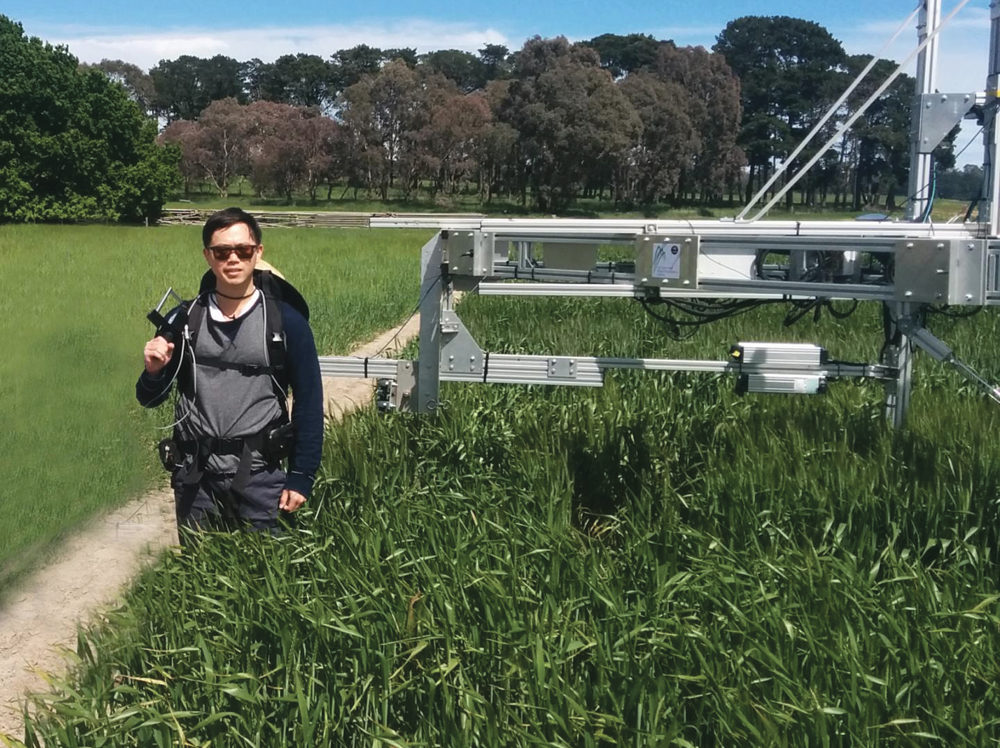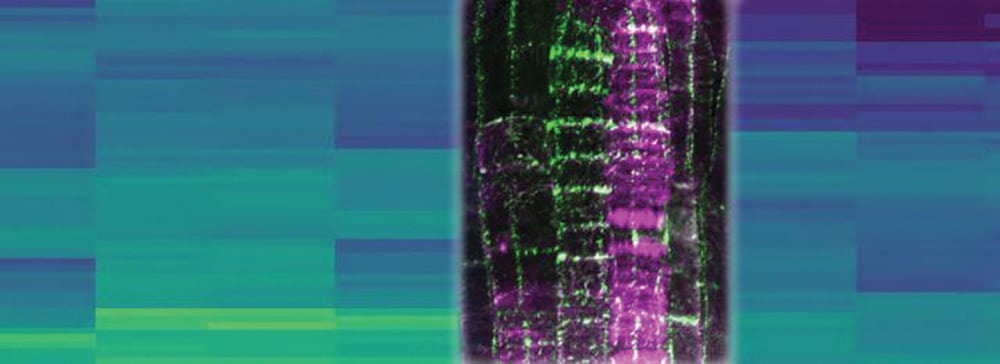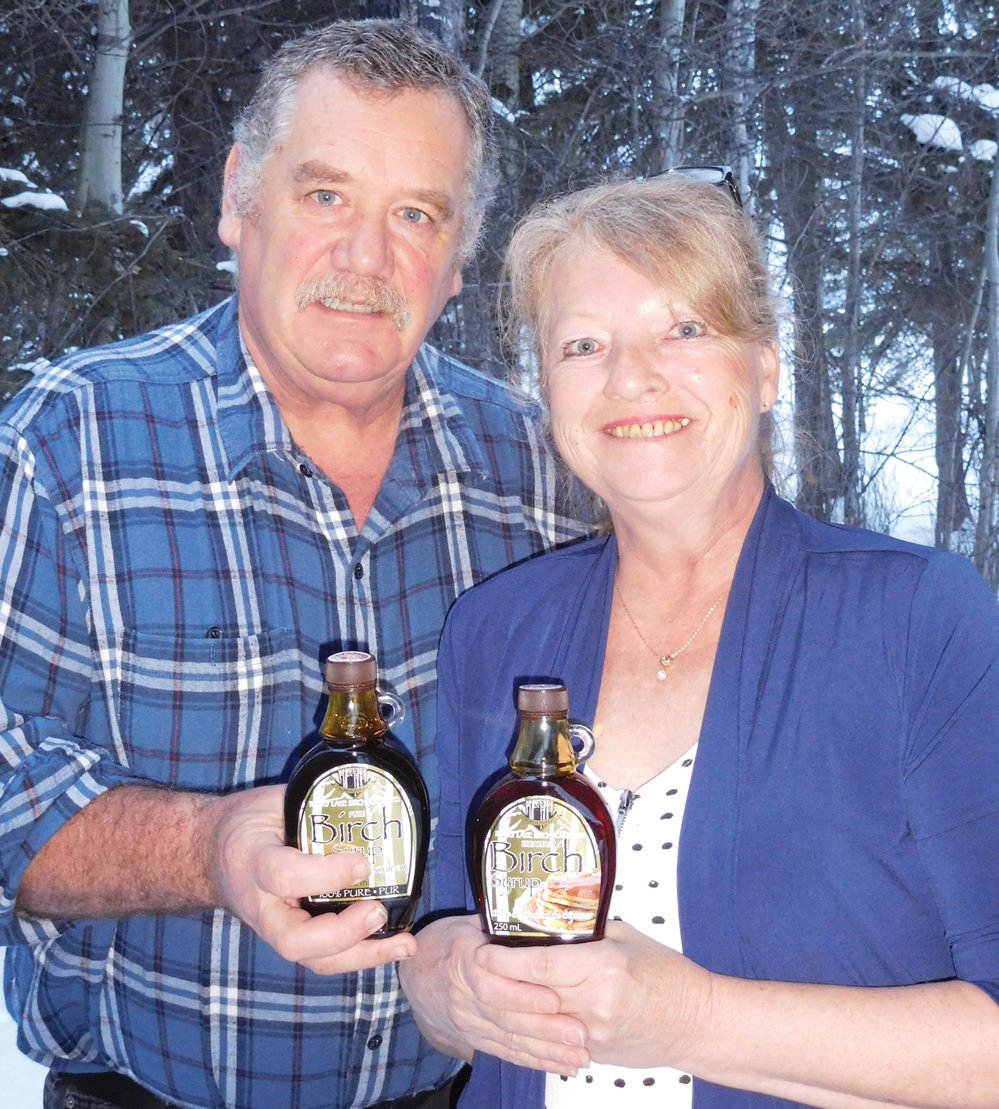The schefflera plant, Schefflera arboricola, is often called the umbrella plant, and for good reason. The five to seven leaflets of which each long-stalked leaf is composed are elongated ovals and light olive green in colour. The leaves, with their long stalks, do indeed resemble umbrellas or parasols. A schefflera plant will produce several sturdy stems which grow somewhat vertically but also on an outward angle so that the plant can get to be quite tall and wide. It is not unusual for a schefflera plant to grow to a height of two metres and be just as wide. Underpotting in a smaller container will keep the plant to a manageable-size shrub indoors and also the pliable stems can be manipulated to make the plant better fit the space it is to occupy.
Read Also

Giant Canada geese have gone wild in Manitoba
Giant Canada geese are seemingly everywhere and can be fine table fare for local hunters, but 70 years ago, they were borderline extinct.
Scheffleras are tropical plants that in their natural habitat grow under a forest canopy, so they do not like harsh light and will not perform well if they receive direct sunlight. They will, however, also not do well in extremely low-light areas, and are best placed adjacent to a window – even a north-facing one. I have mine set back a couple of metres from a north-facing window and that seems to suit it just fine.
The main attraction of a schefflera is its tough, attractive foliage, but the leaves will collect dust and from time to time it is a good idea to give the leaves a gentle wipe with a damp cloth. The stems can do with a wipe periodically as well. Keeping plant foliage clean reduces the amount of light the plants require and also improves their appearance.
Water a schefflera moderately, giving the top few centimetres of soil a chance to dry out between waterings. During the winter, when the plant will be semi-dormant, even less water is needed – just enough so that the soil does not completely dry out. During the summer, which is the active growing period, fertilizer – I use a soluble 20-20- 20 at half-strength – should be added to the water every month. Scheffleras prefer a peat-based potting mix so I usually use a good-quality soilless mix. The plants also must have good drainage and they should not be allowed to sit in saucers full of water after being watered.
The schefflera is a useful plant for indoor landscaping. Large specimens are used as floor plants and are often seen in waiting rooms and offices because of their tolerance for such indoor environments. In private homes, an umbrella plant can add interest to a corner or can be located in an entrance hall. A large umbrella plant can be positioned on the floor while a smaller one can be placed on a table, or perhaps incorporated into a plant grouping on a shelf.
There are a number of forms of schefflera; the most common one has solid-green foliage. On the other hand, S. arboricola “Goldcrepella” is beautifully variegated with yellow splashes on its bright-green leaves. As with all varieties, the new leaves tend to be very glossy but gradually lose a lot of their sheen as they age. Foliage shape differs depending on variety – some umbrella plants have long, narrow leaflets while others have leaflets that have rounded tips and only slightly divided. Well cared for with its foliage kept clean, and placed in an attractive pot, perhaps with a bit of Spanish moss to hide the soil, a schefflera makes a great addition to the interior landscape. If you need an easy-care foliage plant for your interior space, consider the schefflera.
– Albert Parsons writes from Minnedosa, Manitoba














